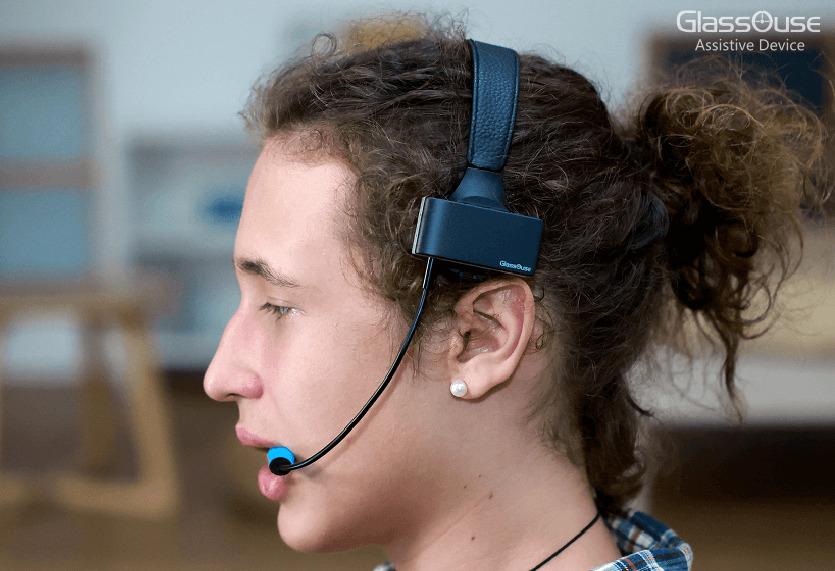Assistive Technology Devices for Accessibility: How the Head Mouse Makes a Difference

For individuals with mobility challenges, using a traditional computer mouse can be nearly impossible. Thankfully, assistive technology devices are revolutionizing accessibility. One such tool, the head mouse, allows users to control digital devices with simple head movements, offering freedom, independence, and inclusivity.
What Are Assistive Technology Devices?
Assistive technology devices are tools that make everyday tasks more manageable for people with disabilities. They range from simple mechanical aids to advanced digital systems.
Common Categories of Assistive Devices
-
Hearing and Vision Aids: Hearing amplifiers, screen magnifiers.
-
Mobility Aids: Wheelchairs, powered scooters.
-
Digital Access Tools: Screen readers, adaptive keyboards, and the head mouse.
-
Cognitive Aids: Organizational and memory-support apps.
The Head Mouse: Hands-Free Digital Control
The head mouse replaces traditional input devices with head movements. Sensors track motion and translate it into cursor control. Clicking can be achieved through dwell-click technology or adaptive switches.
Key Benefits
-
Intuitive operation with minimal training.
-
Compatible with computers, tablets, and smartphones.
-
Provides independence for users with spinal injuries or neuromuscular conditions.
Practical Applications
Education
Students use the head mouse to participate in virtual learning, research, and assignments.
Workplace Integration
Professionals can navigate software, collaborate with colleagues, and perform tasks without barriers.
Personal Life
Users can browse the internet, connect with friends, and manage smart home devices independently.
Conclusion
The head mouse demonstrates the true power of assistive technology devices—restoring independence, enabling digital access, and creating equal opportunities for people with disabilities.







